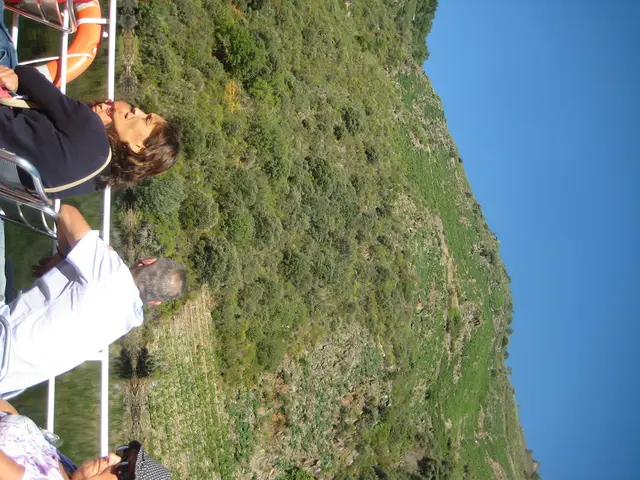Has Europe adequately prepared for the prospective danger of avian influenza transfers to humans?
European health officials are urging increased scrutiny of avian influenza cases amidst widespread bird flu outbreaks across the continent. The virus, which has already jumped to multiple animal species, poses potential threats to human health due to gaps in preparedness and surveillance.
Avian influenza, or bird flu, has been on the rise globally over the past five years, affecting both wild and farm birds within the European Union (EU). Hungary, Germany, the Netherlands, and Poland have reported the most outbreaks since last autumn.
In recent years, bird flu has also impacted mammals such as mink, cats, and a captive bear, raising concerns that the virus could eventually reach humans. Tens of millions of birds and other animals have been culled to prevent this, but inadequate surveillance systems could allow the virus to circulate undetected and become harder to control.
Since 2003, approximately half of the nearly 1,000 people infected with H5N1 bird flu worldwide have died. Despite currently low public health risks and a lack of evidence suggesting human-to-human transmission, EU health officials are already taking steps to ensure readiness for a potential pandemic. The European Commission recently secured over 27 million influenza vaccines in preparation.
Officials are also worried about an outbreak of bird flu among dairy cows in the United States that has infected 70 people and caused one death. This serves as a reminder to monitor animals beyond traditional suspects like birds and mink.
"This is not a time to relax," said Marion Koopmans, director of the centre of excellence at the Global Virus Network and head of the viroscience department at Erasmus Medical Centre in the Netherlands. "It has really changed compared with just a few years ago. It's not a good situation to have."
European Food Safety Authority (EFSA) scientists are now focusing on boosting surveillance in cows and other mammals in response to the US cattle outbreak. Countries within the EU actively monitor wild birds and poultry for avian influenza and take necessary steps to stamp it out when infections are discovered.
Despite these efforts, audits have revealed weaknesses in Europe's avian influenza prevention systems. Delays in setting up restriction zones, limited effectiveness of early warning systems, shortcomings in investigation procedures, and inadequately trained staff have been identified, especially in Hungary and Spain. Efforts are underway to address these issues, but experts are urging additional commitments from Poland and Hungary, both of which temporarily suspended poultry exports last month due to outbreaks.
"In all countries, including Europe, there is still room for improvement in early warning systems and biosecurity practices," said Alessandro Broglia, a senior scientist at the European Food Safety Authority (EFSA).
While bird flu currently appears to pose a greater risk to the EU's food supply than to public health, experts warn that without stricter measures to curb the virus's spread among birds, Europe could be caught off guard if human infections start to emerge.
"Let's not become negligent," Koopmans cautioned. "This is how viruses trigger pandemics."
- Europe's health officials are advocating for increased vigilance in tracking medical-conditions such as avian influenza due to its widespread outbreaks among birds across the continent.
- The potential risks to human health from avian influenza are significant, given the gaps in preparedness and surveillance, especially since the virus has already crossed species barriers.
- The rise in bird flu cases has been noted globally over the past five years, affecting not only wild but also farm birds within the European Union (EU).
- The virus has also impacted other animals, such as mink, cats, and a captive bear, increasing concerns about possible human transmission.
- Inadequate surveillance systems might allow the virus to spread undetected, making it harder to control, hence efforts to improve surveillance in cows and other mammals are being made.
- Experts in personal-finance and business are advising investment in data-and-cloud-computing solutions to strengthen early warning systems and biosecurity practices in the EU.
- The travel industry should also be mindful of the potential impact of bird flu on tourist destinations, especially if it starts affecting food-and-drink supplies or causes health concerns for tourists.
- In sports, athletes may need to take precautions during outdoor training or competition, considering the correlation between bird flu and weather patterns, and the potential risks associated with it.






